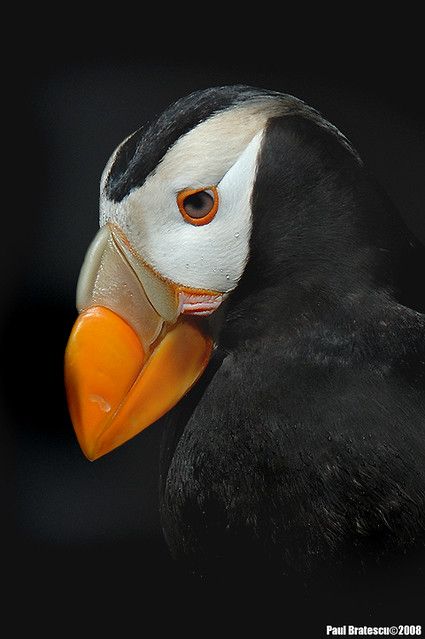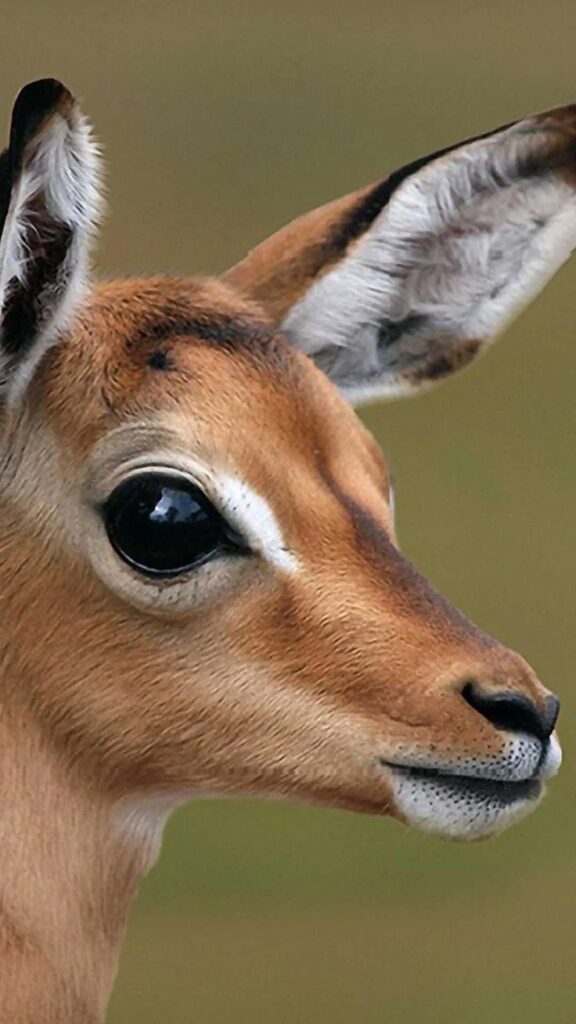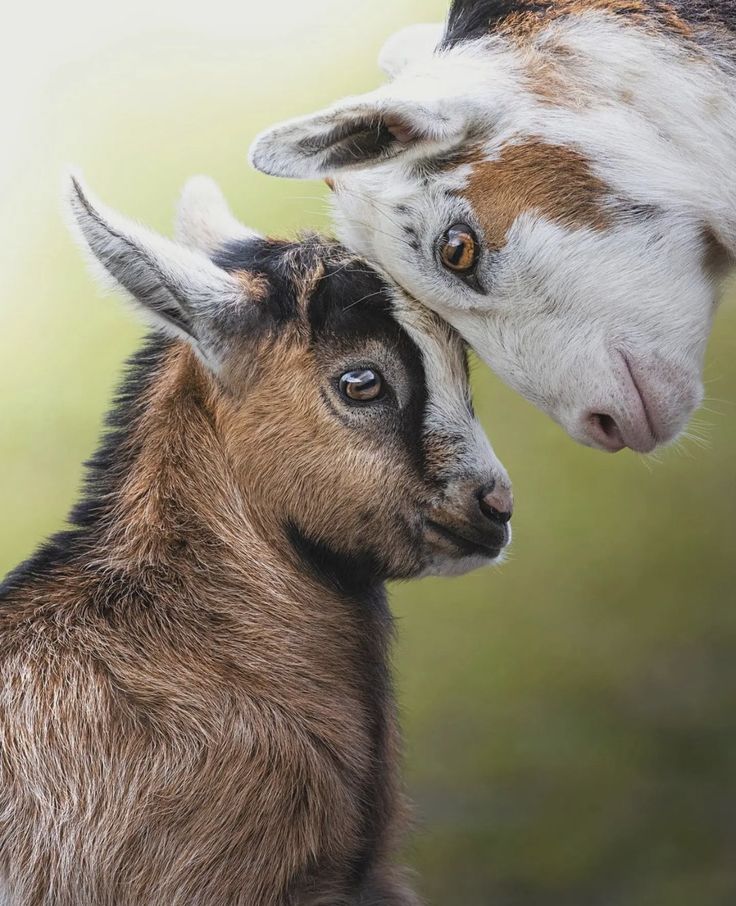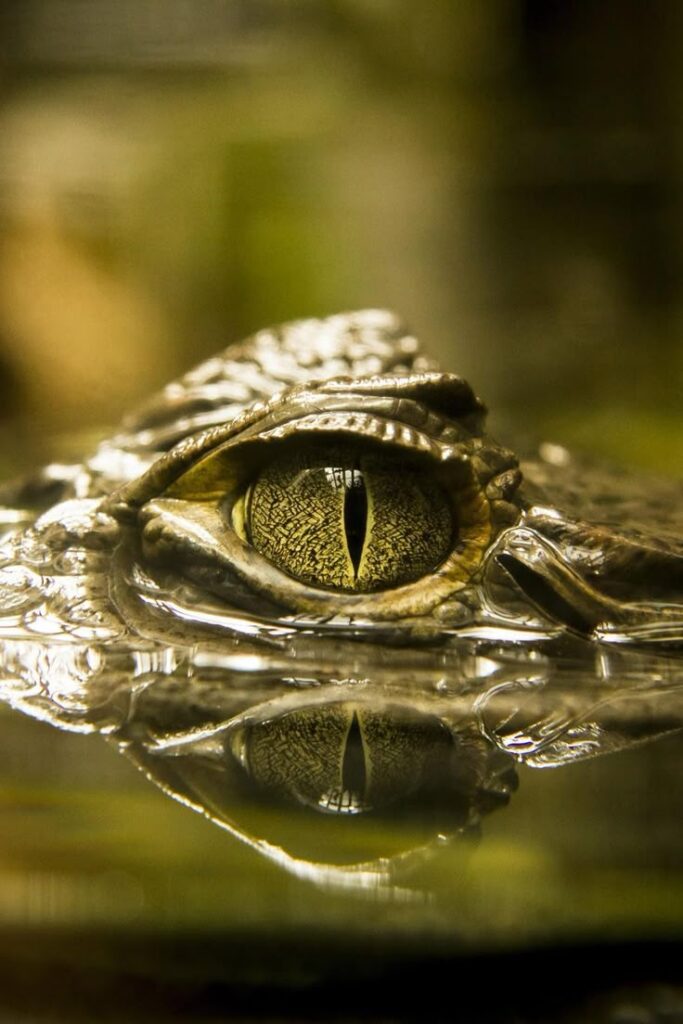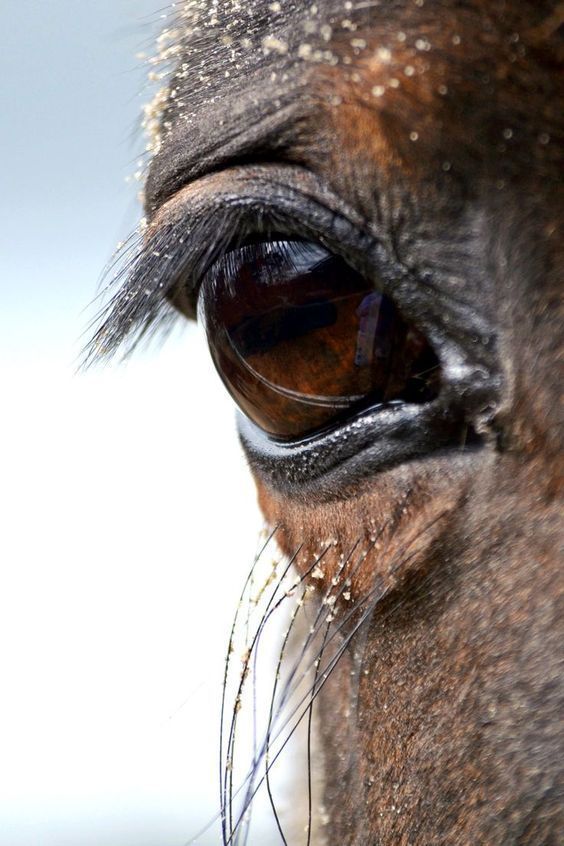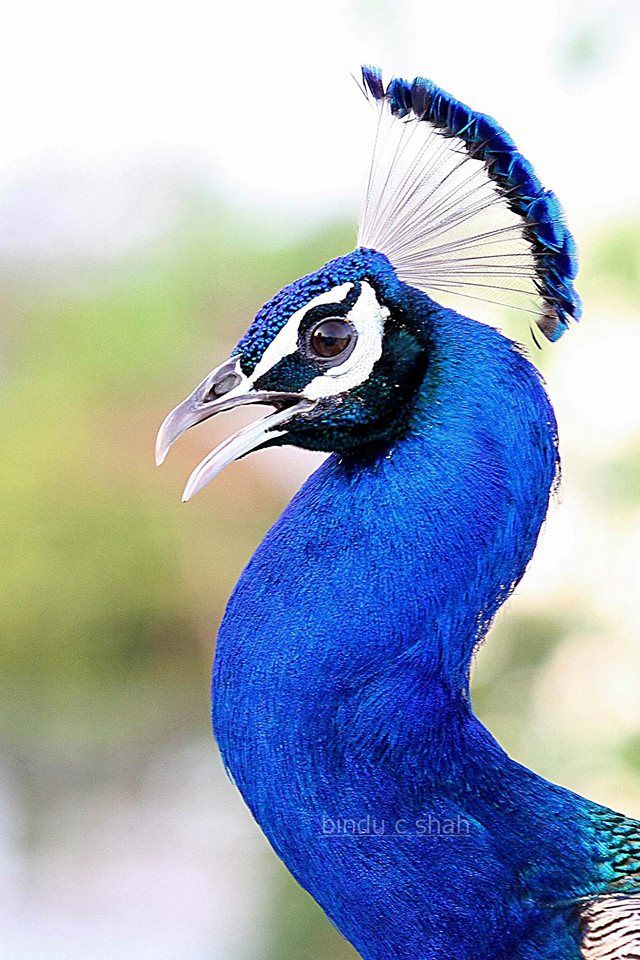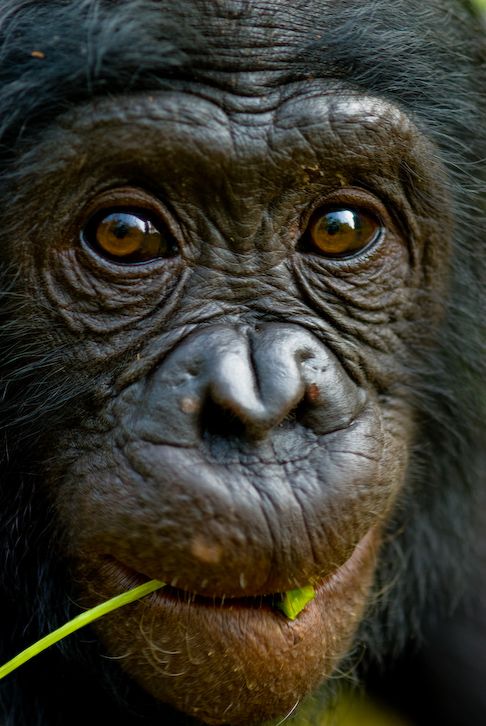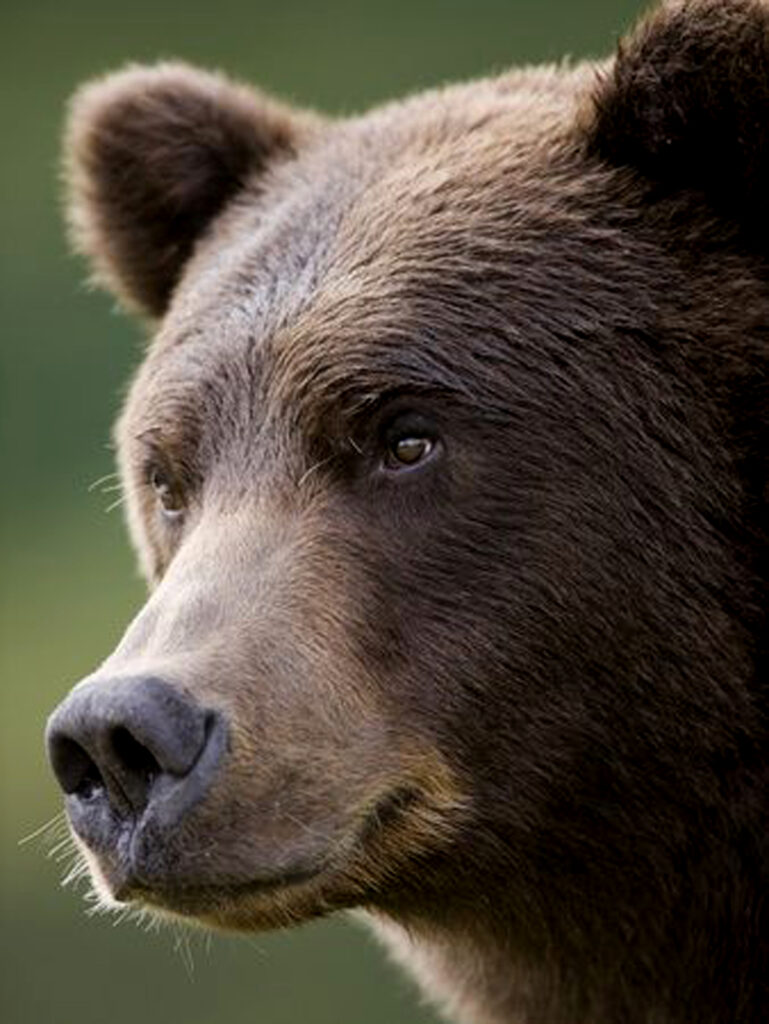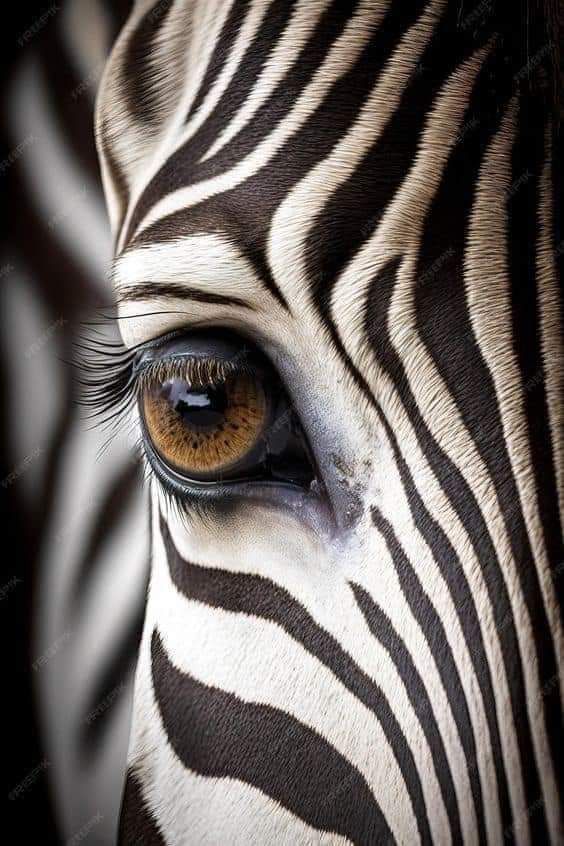
From the sharp vision of eagles to the night sight of cats, animal eyes reveal an extraordinary range of adaptations. Each species’ unique vision aids survival, hunting, or evading predators. This fascinating look into animal eyes uncovers the evolutionary marvels that help them navigate their diverse environments.
By Vedika Singh

The eyes of animals hold secrets as ancient as life itself. They peer through the layers of time, whispering tales of survival, love, and fear. Unlike human eyes, which often mirror our thoughts and emotions, animal eyes reveal a world brimming with mystery. From the haunting gaze of an owl to the curious stare of a deer, these eyes tell us stories we can only hope to understand.
Imagine the hypnotic eyes of a tiger. Amber pools glowing in the dim light of the forest, narrowing ever so slightly as it stalks its prey. Each flicker, each subtle movement of those eyes, is a symphony of instincts honed over millennia. A tiger’s vision is not like ours-it can see in almost complete darkness, enabling it to hunt under the cover of night. These feline eyes capture motion effortlessly, sensing even the tiniest rustle in the underbrush. But beyond their role in survival, tiger eyes radiate a regal power, an untamed fire that commands respect. They are more than tools for hunting; they are the very essence of the wild spirit.
Then there’s the owl, the silent watcher of the night. The large, rounded eyes of this nocturnal bird are adapted to see in near darkness. Unlike most animals, an owl’s eyes do not move. They are fixed in their sockets, a limitation that the bird overcomes by rotating its head up to 270 degrees. And what eyes they are-black orbs reflecting the vast, moonlit night, betraying no emotion yet drawing you in, inviting you to contemplate their mystery. An owl’s eyes are perfect for capturing the faintest glimmer of light, amplifying it into a vision that slices through the darkness. This ability gives the owl its ghost-like presence, gliding silently through the night, a predator unseen until it’s too late.
In contrast to the stealthy tiger or owl, the elephant’s eyes convey a depth of emotion almost human in its complexity. Their large, soulful eyes, fringed with long lashes, seem to hold the weight of the world. It’s in these eyes that one can glimpse their intelligence, their memories, and perhaps even their sorrows. Elephants, unlike many animals, can cry tears of emotion. When separated from a loved one, they have been known to shed tears, their eyes brimming with unspoken grief. They see in shades of gray, much like a black-and-white photograph, but the world they perceive is anything but dull. For elephants, memory is a vital part of their survival, and their eyes reflect this deep connection to their past.
The predator’s sharp stare, the prey’s cautious glance-both tell a tale of survival. But some eyes, like those of a deer, are purely about vulnerability. A deer’s eyes are wide and dark, the pupils large and always alert, scanning for danger at every moment. These creatures, with their soft, gentle eyes, live in a constant state of awareness. Their vision is nearly panoramic, with eyes positioned on either side of their head, enabling them to detect movement from almost any direction. There’s something poetic about the contrast between the fragility of a deer’s gaze and the cold, calculated eyes of the predator that hunts it. Both are locked in an eternal dance of life and death, a cycle as old as nature itself.
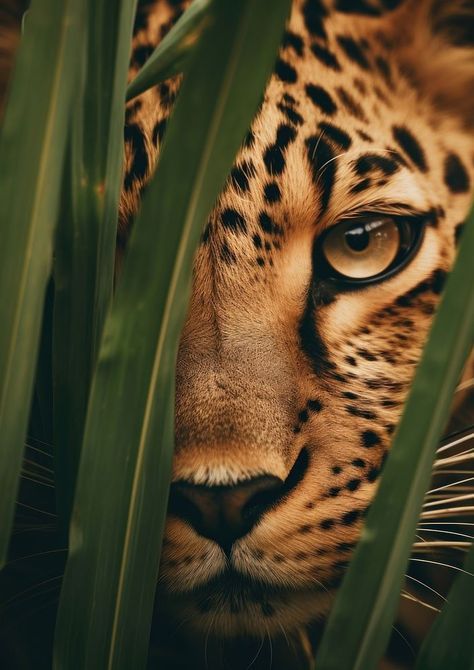
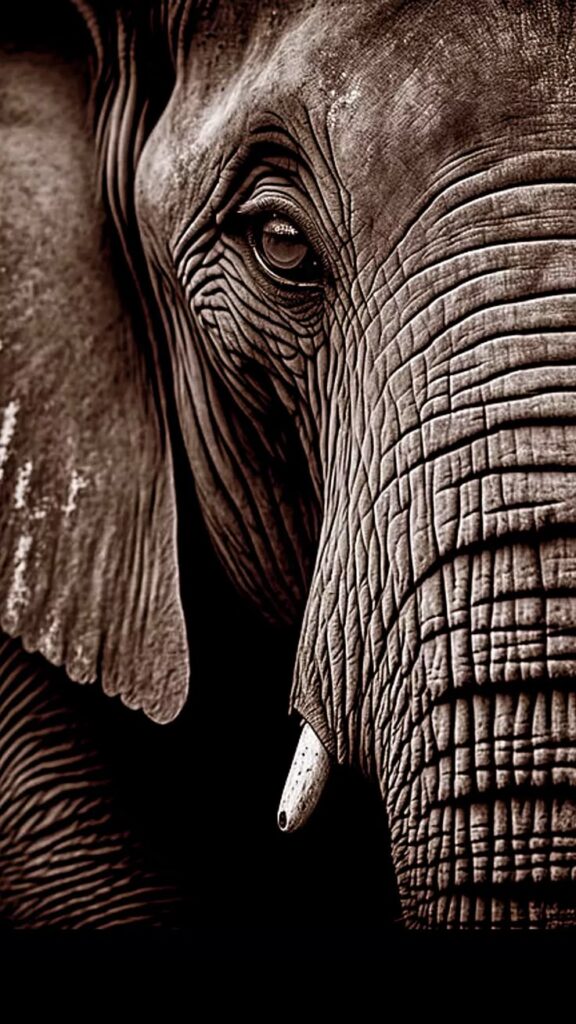
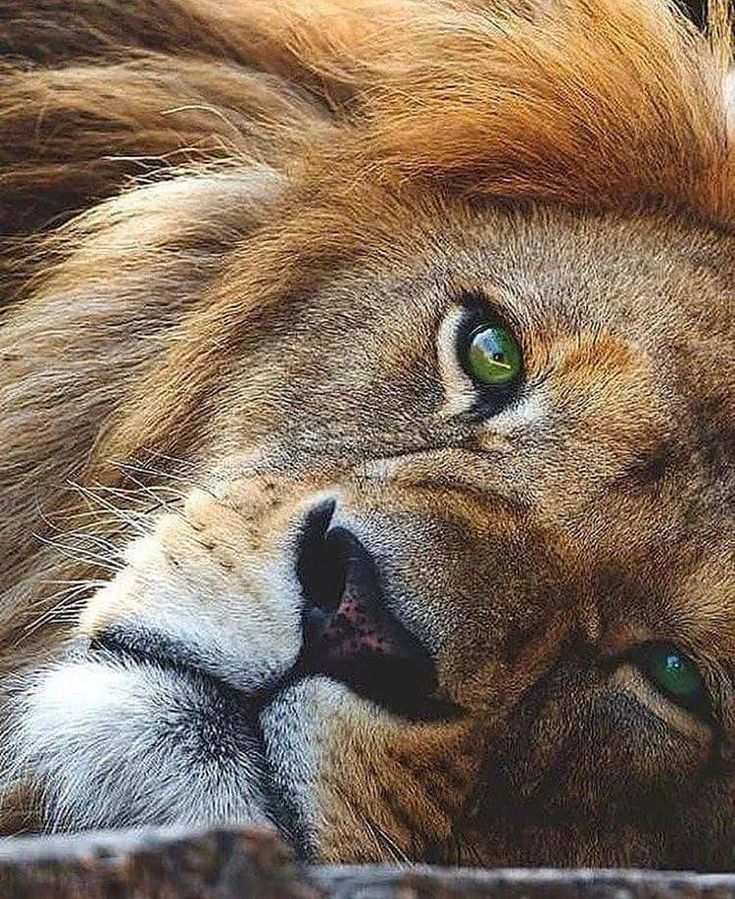
Sharks, the formidable predators of the sea, have eyes that hold their own secrets. They don’t need to blink like humans do; their eyes are protected by a thin, transparent membrane that covers them when they attack. This protective layer ensures that their sight is never compromised. A shark’s vision is adapted to low light conditions deep underwater, where little sunlight penetrates. Their eyes may not seem particularly expressive, often described as cold or lifeless, but they are perfectly attuned to the ocean’s murky depths. It’s easy to imagine why so many myths and fears surround the gaze of a shark-it’s an enigma, relentless and emotionless, staring into the abyss.
Then there are the chameleons, with eyes that seem to defy the very laws of nature. Unlike any other creature, a chameleon’s eyes move independently of each other, allowing them to look in two directions at once. Their bulging, turret-shaped eyes can rotate almost 360 degrees, giving them a panoramic view of their surroundings. This extraordinary ability helps them spot both predators and prey with uncanny precision. When a chameleon locks its eyes onto an insect, they suddenly work in tandem, focusing with laser-like intensity as the reptile prepares to strike with its lightning-quick tongue. The drama in a chameleon’s hunt is heightened by the stillness of its eyes-until the moment of attack, when they reveal their true, predatory nature.
Birds of prey, such as eagles, offer yet another glimpse into the marvel of animal eyes. With eyesight far superior to humans, an eagle can spot a rabbit from more than a mile away. Their eyes are designed to detect the slightest movement, even from a great height. The intensity of an eagle’s gaze is unmatched in the animal kingdom. Those piercing, golden eyes reflect the sharpness of its talons and the swiftness of its dive. There’s a power in those eyes, a focus so fierce it seems almost otherworldly.
The eyes of animals remind us of the interconnectedness of life. Whether it’s the soulful, tearful gaze of an elephant, the calculating stare of a tiger, or the gentle eyes of a deer, each speaks of a different world, a different way of seeing. They show us how the natural world perceives and responds to its environment. And while we may never fully understand the stories behind those eyes, we can at least appreciate the beauty, mystery, and complexity they represent.
In the end, when we look into the eyes of an animal, we are not merely seeing a reflection of ourselves. We are glimpsing a vast, wild universe-a universe that lives and breathes, one that has thrived long before us and will continue long after. These eyes are windows to the soul of the natural world, and through them, we can witness a world both familiar and unknowable.
